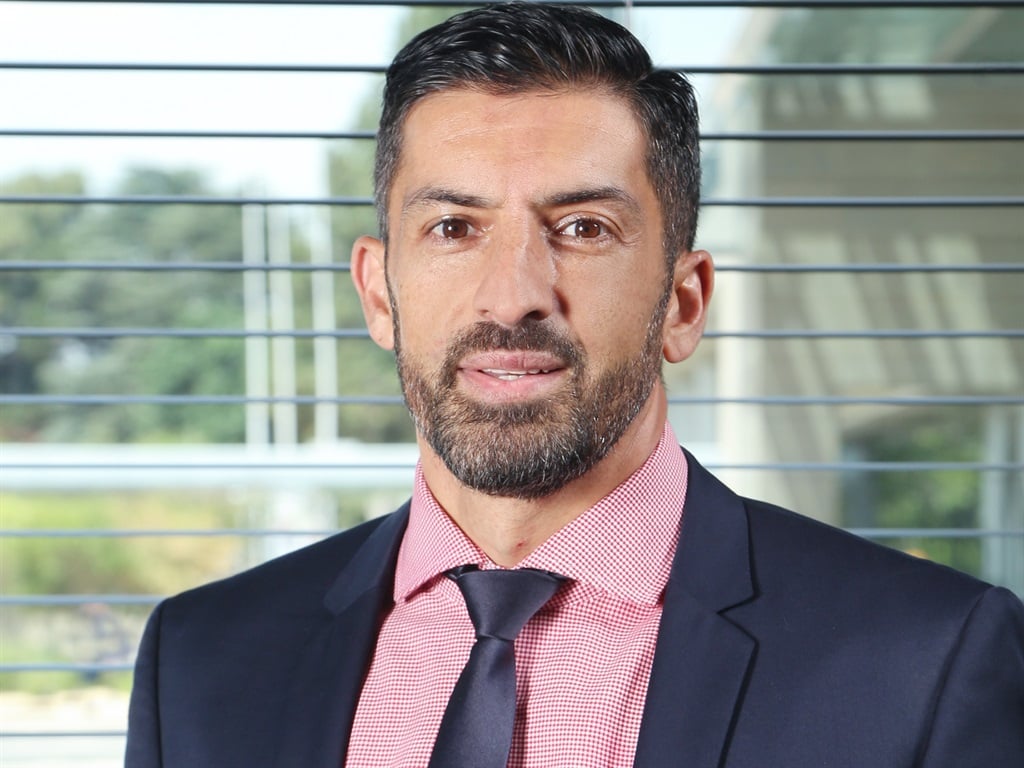News
‘No one is coming’ to save SA from load shedding – go for self-generation, says economist

Standard Bank chief economist Goolam Ballim.
- SA households and businesses can add 1GW of power each year through the installation of solar panels, solar geysers and other energy alternatives.
- That’s according to calculations of Standard Bank chief economist Goolam Ballim.
- He estimates that 1GW per year could reduce one level of load shedding.
- For more financial news, go to the News24 Business front page.
Standard Bank chief economist Goolam Ballim has calculated South Africa could build 1GW of generating capacity each year that’s not dependent on Eskom if more homes and businesses installed solar and other off-grid electricity generation systems.
“1GW of power per year would speak to one level of load shedding reduction,” said Ballim.
Speaking during the bank’s economic outlook presentation on Thursday, Ballim said this could notably reduce the impact of load shedding on the economy without structurally killing Eskom.
Standard Bank’s economic unit estimates that growth could have been 1.7% stronger in 2022 had it not been for load shedding, as last year delivered the worst bout of blackouts SA had ever seen. It estimates that the power cuts also compromised growth by 0.6% in 2021, 0.4% in 2020 and 0.3% in 2019. In 2020, Eskom had 60% of its electricity generation capacity available for distribution. This plummeted to an unprecedented 49% in late 2022.
Goolam said this year it was likely that SA could see a subtraction to its GDP growth similar to 2022 if businesses don’t ramp up their own electricity generation. But if they do, Ballim expects that even if load shedding gets worst this year, the economy won’t be as hurt as in 2022.
“We would, in fact, argue that [the impact on the economy] is likely to be lower quite simply because South Africans have recognised that no one is coming [to save us],” said Ballim.
He said by late last year, many big businesses, SMEs and households had realised that they needed more permanent solutions to cope with load shedding and that self-generation had to be the alternative. Battery imports in the country climbed from almost nothing in 2016 to around R500 million in 2020 and then a big jump to R3.3 billion last year.
Ballim acknowledged that the solar panels, solar geysers and inverters that people have bought were a grudge purchase. But he argued that unwelcome as those investments were, they were helping the economy.
“Yes, it will add to costs. It will erode margins, but in terms of production, I think it will help put some floor level on production,” said Ballim.
READ | Stop pointing fingers at government and just ditch Eskom, says Michael Jordaan
Ballim said he recognised that most South Africans could not afford to install self-generation capacity in their homes and small businesses. But there are solutions that have worked in the past to bridge the energy poverty gap between the rich and poor in SA. The installation of solar water geysers in many newer RDP homes in townships was a case in point.
“When we think of self-generation, we think of the middle class; we think of suburbs. But I think there is not a single township I have driven past that does not have a solar geyser,” he said.
Ballim said the tax strictures and public delivery contracts put in place to deliver solar geysers to the needy could be used again.
“It shouldn’t only be power generation for the rich,” he added.
Ballim said this level of self-generation was unlikely to even pose a structural threat to Eskom’s revenues or the utility’s sustainability as long as the government goes ahead with the restructuring of its debt.
“To the extent that the restructuring significantly stabilises the balance sheet, Eskom can afford these interim measures and these customer losses,” said Ballim, adding that there would still be plenty of industrial and commercial customers heavily relying on Eskom.
Furthermore, once Eskom stabilises its power supply, Goolam predicts that further demand will emerge for its electricity.
